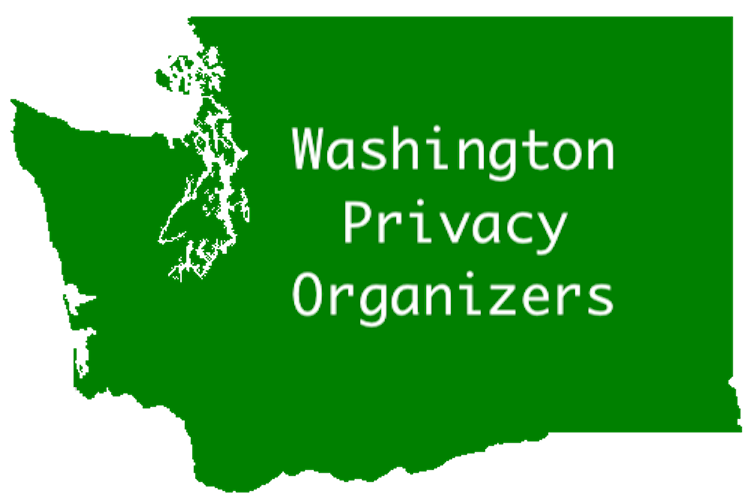The Senate passed an amended version of My Health My Data 27-21 on April 5. Sen. Mullet proposed multiple amendments to weaken the bill, as did several Republicans; all failed. In the final vote, all the Democrats except for Sen. Mullet voted yes; Sen. Mullet and all the Republicans voted no. Here’s the letter we sent to the state Senate before the vote, along with a look at how they responded to our demands.
Here’s what happens next, I think, according to Washington State Legislature Overview of the Legislative Process — although it’s complex enough that I hope people double-check this!
- The House votes on whether or not to concur and agree to the Senate’s changes.
- If the House accepts the Senate version, the Senate version goes to the Governor.
- If the House votes no on the Senate version, the Senate votes on whether to “recede” their changes and accept the House bill. If they vote yes on the House version, it goes to the Governor.
- If the Senate also votes no on the House version, then it goes to cross-chamber negotiating committee, consisting of six members (two Democrats and a Republican from each chamber) If the committee doesn’t agree on a version they think can pass both chambers, then My Health My Data dies for the session (and the year, unless the governor calls a special session or there’s an initiative).
- If they do agree on a version — which could be either the House, the Senate, a compromise, or have elements that weren’t in either — then both chambers vote on the reconciliation version without amendments.
- If the reconciliation version passes both chambers it goes to the Governor. If not, then My Health My Data dies for the session (and the year, unless the governor calls a special session or there’s an initiative).
- Once something goes to the Governor, he can sign it, veto, or change it by making line-item vetoes. Whatever he signs (after line-item vetoes) becomes law.
The session ends April 23, unless the governor extends it or calls a special session immediately after.
